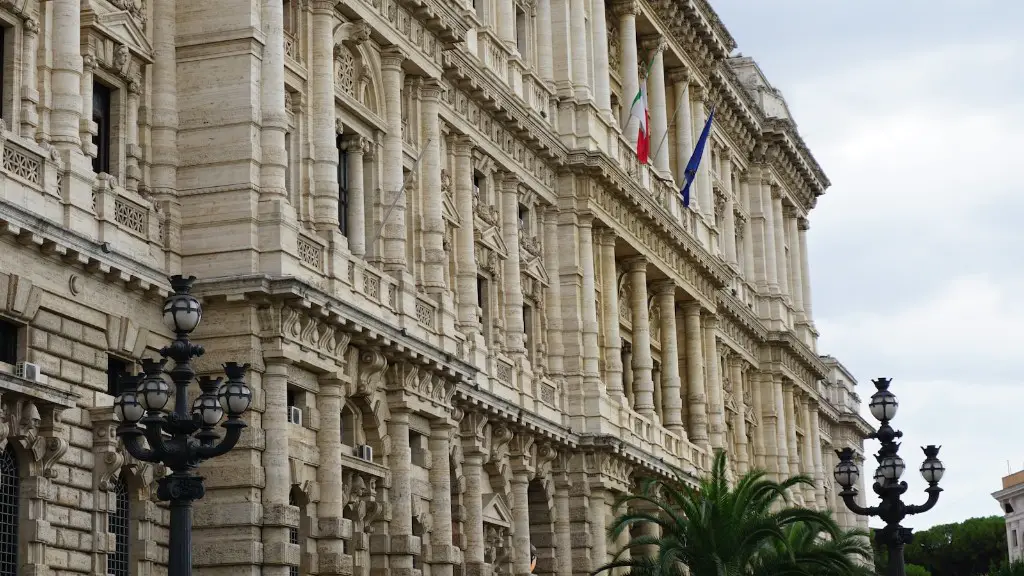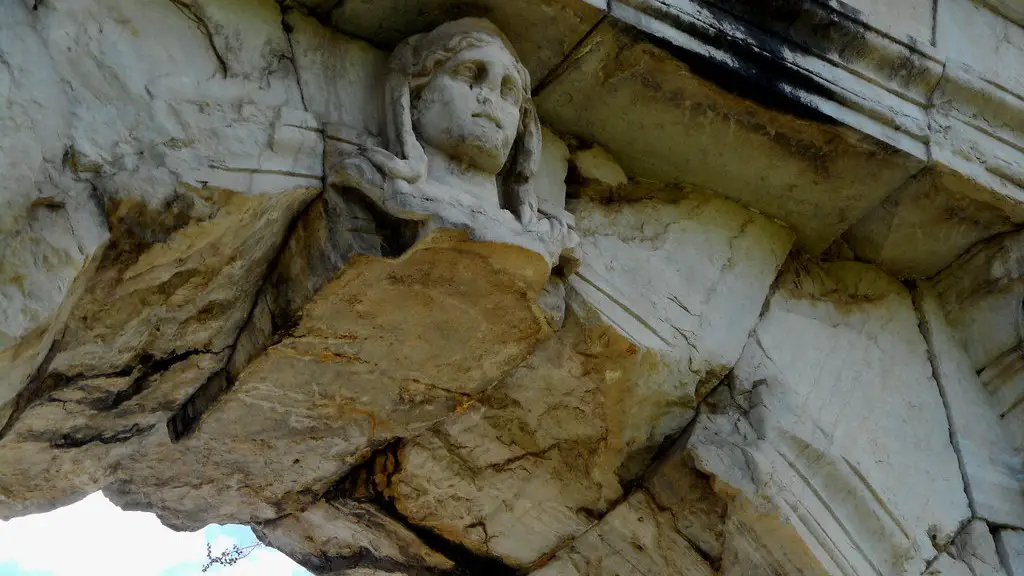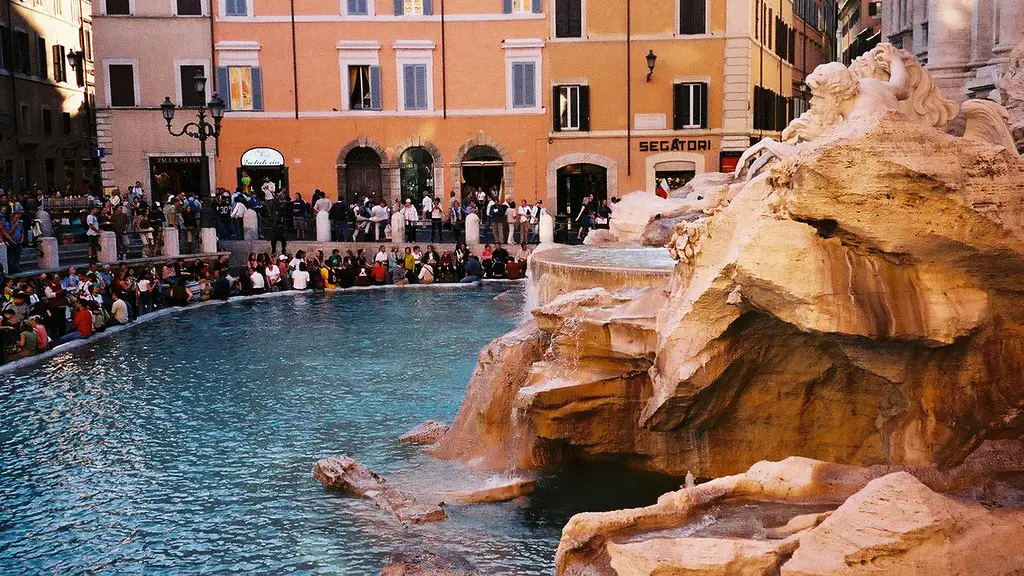The Roman Republic began expanding shortly after it was founded in 509 BC. By the time of the Punic Wars with Carthage, Rome had become one of the largest states in the Mediterranean. This expansion continued throughout the Republic and into the early years of the Roman Empire. There were a number of reasons for Rome’s expansion, including economic, military, and political reasons.
Ancient Rome expanded through a combination of conquest and alliances. By the end of the 6th century BCE, Rome had become the largest city-state in Italy and began to expand outwards. Roman expansion was caused by a desire for more land and resources, and by the population pressure of a growing city. Rome became an empire in 275 BCE after defeating Pyrrhus, the king of Epirus. Roman expansion continued as the empire added new provinces in Europe, Africa, and Asia.
Why did Rome expand so much?
The military was one of the key reasons for Rome’s success. The Roman army was highly trained and disciplined, growing in reputation as the best army in the world. With their success in war, the empire was able to expand its control over 3 separate continents including Asia, Africa, and most of Europe.
The republic’s first significant expansion came in 396 BC, when Rome defeated and captured the Etruscan city of Veii. This was a major turning point in Roman history, as the city of Veii was one of the largest and most powerful cities in the region. The victory over Veii greatly increased Rome’s prestige and power, and ushered in a period of rapid expansion for the young republic.
Why did ancient Rome want to expand
The Romans were one of the most powerful empires of their time. They were able to conquer land near to them and also expand their empire by conquering land further away. This was possible due to their wealth and power. The Romans were not content with just conquering land near to them, but wanted to conquer land further away that might have more riches. This led to their drive to conquer Western Europe.
The Po and Tiber River Valleys were some of the most fertile areas in the Roman Empire. This allowed the empire to grow a diverse selection of crops, such as olives and grains. This allowed the empire to have a food surplus to feed its population and trade with other societies. The empire also used the resulting wealth to expand its military strength.
When did Rome expand the most?
The Samnite Wars were a series of wars fought by the Roman Republic in the Apennine Mountains from 343 BC to 290 BC. The first of these wars broke out when Rome attempted to expand its territory southward into Samnium. The Samnites, a powerful tribal coalition, resisted Rome’s expansion and the two sides fought several bloody battles. By the end of the wars, Rome had emerged as the most powerful state in central Italy and had begun to expand to the north and south.
Trajan was a great Roman Emperor who expanded the Roman Empire to its farthest limits during his 19-year reign. The empire stretched from Scotland down to North Africa and east across the Mediterranean as far as Mesopotamia, or modern-day Iraq. Trajan was a great military leader and also did a lot to improve the lives of his subjects, such as building roads and bridges and improving public services. He was a popular emperor and is still remembered as one of the great Roman rulers.
Did the Roman Empire expand?
The Romans conquered the Italian peninsula by slowly gaining control over various city-states. They extended their influence by winning the Punic Wars and expanding their empire into Europe and the Mediterranean basin. Under the leadership of Pompey the Great and Julius Caesar, the Romans became a dominant force in the region.
The Romans were a very powerful empire who conquered many lands. They were especially successful in central Italy, where they conquered their Latin neighbors. The Romans were very wise in signing a treaty with their Latin neighbors, promising peace in the years to come. After 100 years of battles, the Romans were able to conquer the Etruscans to the north.
How much did Rome expand
The Roman Empire reached its greatest extent under the rule of Trajan, who reigned from 98-117 AD. At its peak, the empire covered around 5 million square kilometers, making it the largest empire in history up to that point. Around 21% of the world’s population lived within the empire, making it one of the most densely populated empires ever. The empire was so large and diverse, containing people of many different cultures and religions. It was truly a global empire, with its capital at Rome serving as a center of culture and learning.
The Roman Republic was a period of time in which the government was run by officials who were elected by the people. However, over time, tensions began to rise within the government, which eventually led to civil wars between different groups with different loyalties. This eventually led to the transformation of the republic into an empire.
How did Julius Caesar expand the Roman Empire?
Gaius Julius Caesar was a highly effective military commander who conquered the Gallic tribes by exploiting their rivalries. He did this by building up his own military power and acquiring plunder from Gaul. This allowed him to effectively control the Gauls and prevented them from rebelling against Roman rule.
The Roman Republic was one of the most powerful empires of its time. It conquered many lands and was very influential in the world.
What were the stages of Roman expansion
The history of the Roman Empire can be divided into three distinct periods: The Period of Kings (625-510 BC), Republican Rome (510-31 BC), and Imperial Rome (31 BC – AD 476). The Roman Empire was founded in 625 BC by Romulus, the legendary founder of Rome. The Period of Kings began with the founding of Rome and ended with the overthrow of the last king, Lucius Tarquinius Superbus, in 509 BC. The Roman Republic was founded in 509 BC, after the overthrow of the last king. The Republic lasted until 31 BC, when the Roman Empire was founded by Augustus Caesar. The Roman Empire continued until 476 AD, when it was overrun by the barbarian invasions.
The Roman Empire expanded over time because they had different leaders who conquered lands and expanded territory. The Roman Empire became difficult for one central authority to govern. This caused the Roman Empire to split into eastern and western parts.
How did the Roman Republic rise?
The Roman Republic was a government founded in 509 BCE after the Romans overthrew their Etruscan conquerors. The Republic was centered north of Rome, and was ruled by elected representatives of the people. The Republic lasted until the end of the Roman Empire in 476 CE.
The Roman elite had learned that seeking conquest and self-glorification was dangerous and could end up earning the emperor’s ire. The emperors knew that no man could be allowed to gain too much glory and prestige, or he might become a rival and resurrect the ugly spectre of civil war.
How much of ancient Rome is left
Around 10% of Ancient Rome is left today. Much of it was destroyed over time, and much of what remains is in ruins. The remaining 90% is said to be buried deep inside the earth, around 30 feet below the street level today.
Augustus was the first emperor of Rome and ruled from 27 BCE to 14 CE. He was a skilled military leader and expanded the Roman Empire, annexing Egypt, parts of Spain, and lands in Central Europe and the Middle East. Augustus also established a postal service and regular police force and fire brigade in Rome. He was a skilled administrator and his reign was marked by relative peace and prosperity.
Warp Up
The Roman Republic began expanding by conquest in the late 4th century BCE. After the Roman defeat of the Etruscans, the Republic began to expand northward into Cisalpine Gaul, and eventually into all of Italy. In the mid-2nd century BCE, the Republic expanded westward into Hispania, and in the late 2nd century BCE, the Republic invaded and conquered Greece. In the late 1st century BCE, the Roman Republic expanded further north into Gaul and Britannia, and east into Anatolia.
The Roman Republic was founded in 509 BC by Rome’s first king, Romulus. It expanded through conquest and alliance. By 275 BC, it included the whole Italian peninsula. In 19 BC, the Senate moved the imperial capital from Rome to the new City of Rome under the rule of Augustus, localizing all of the empire for the first time. Finally, in 395 AD, the empire was divided in two by Theodosius I, with the Western Roman Empire based in Rome and the Eastern Roman Empire based in Constantinople.





